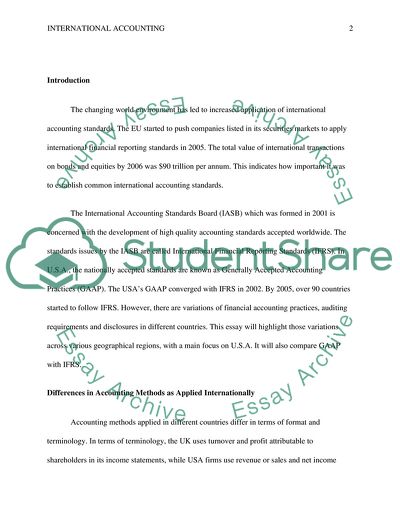Cite this document
(US and Foreign Comparrison Essay Example | Topics and Well Written Essays - 1500 words, n.d.)
US and Foreign Comparrison Essay Example | Topics and Well Written Essays - 1500 words. https://studentshare.org/finance-accounting/1850869-us-and-foreign-comparrison
US and Foreign Comparrison Essay Example | Topics and Well Written Essays - 1500 words. https://studentshare.org/finance-accounting/1850869-us-and-foreign-comparrison
(US and Foreign Comparrison Essay Example | Topics and Well Written Essays - 1500 Words)
US and Foreign Comparrison Essay Example | Topics and Well Written Essays - 1500 Words. https://studentshare.org/finance-accounting/1850869-us-and-foreign-comparrison.
US and Foreign Comparrison Essay Example | Topics and Well Written Essays - 1500 Words. https://studentshare.org/finance-accounting/1850869-us-and-foreign-comparrison.
“US and Foreign Comparrison Essay Example | Topics and Well Written Essays - 1500 Words”. https://studentshare.org/finance-accounting/1850869-us-and-foreign-comparrison.


